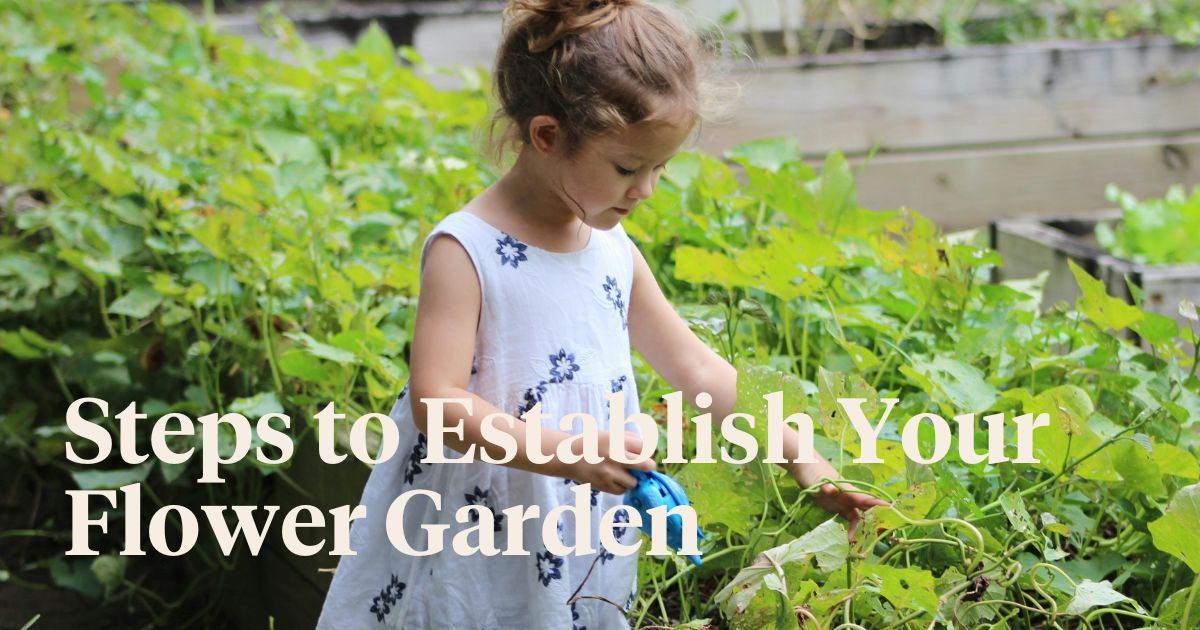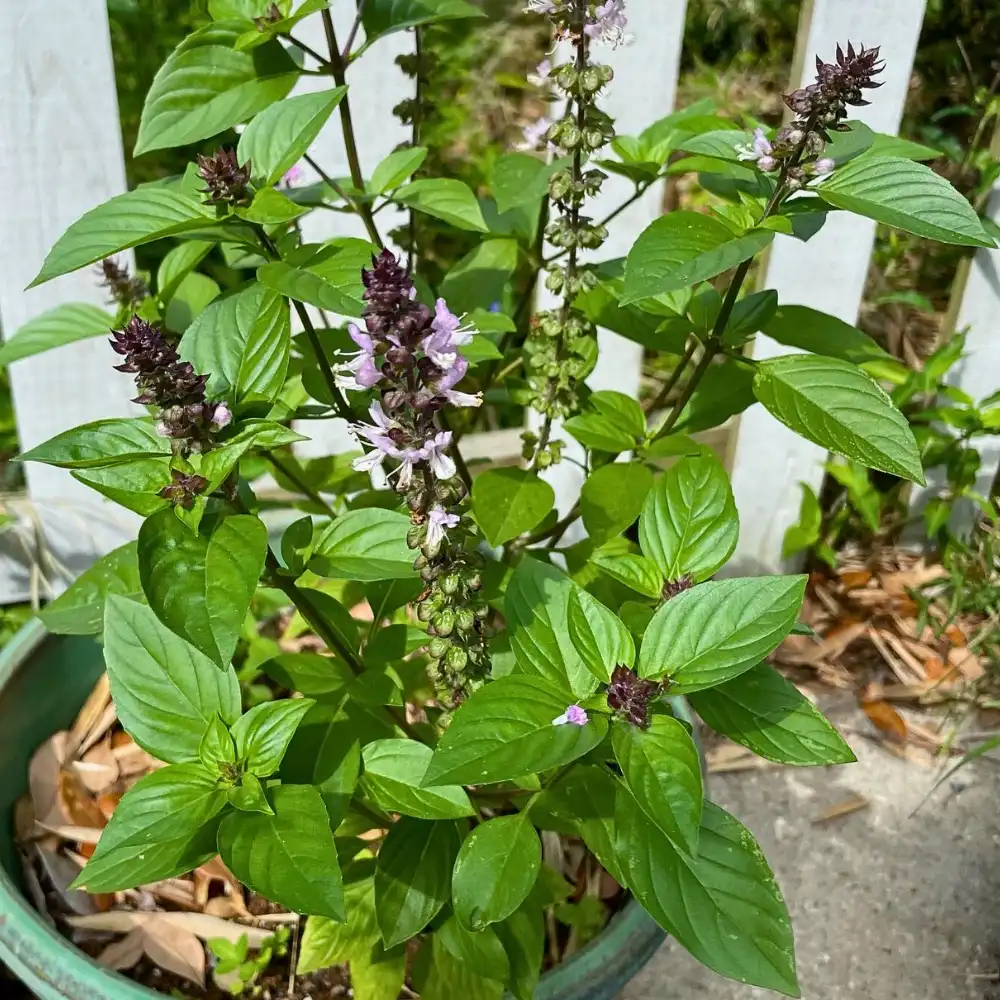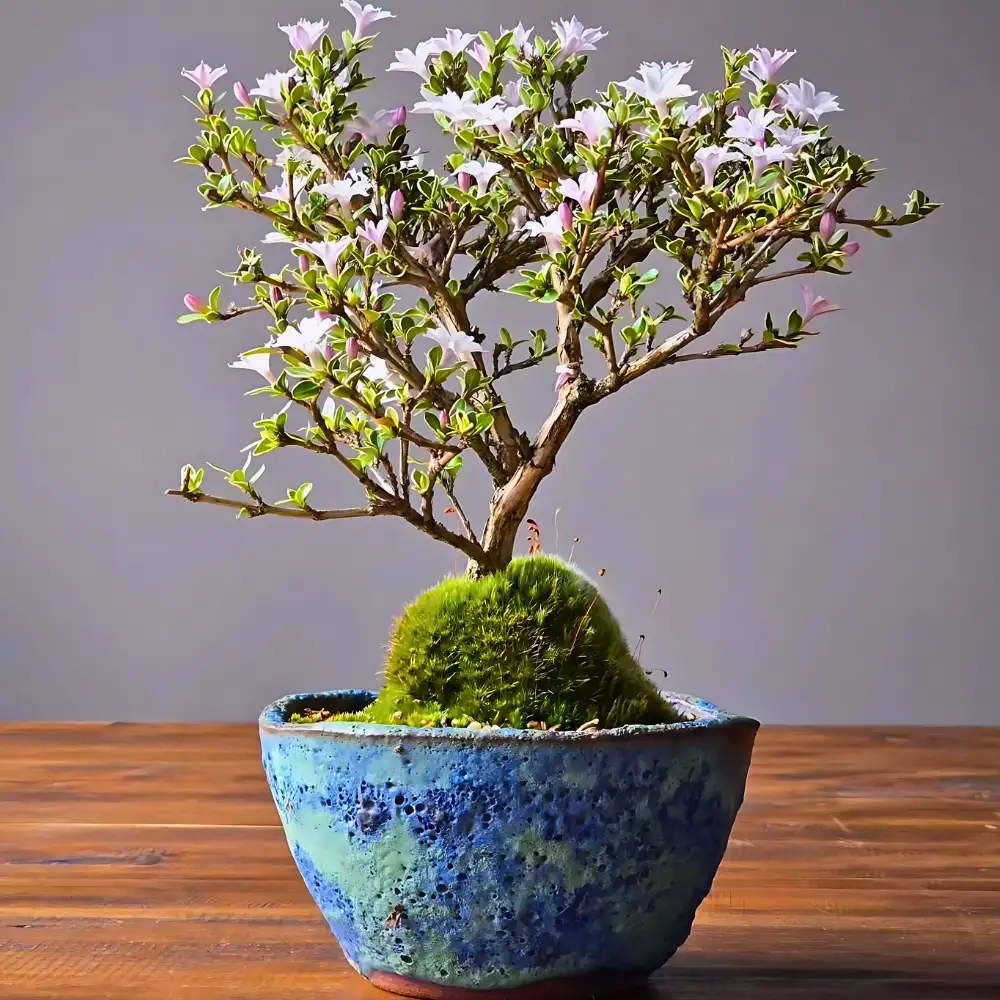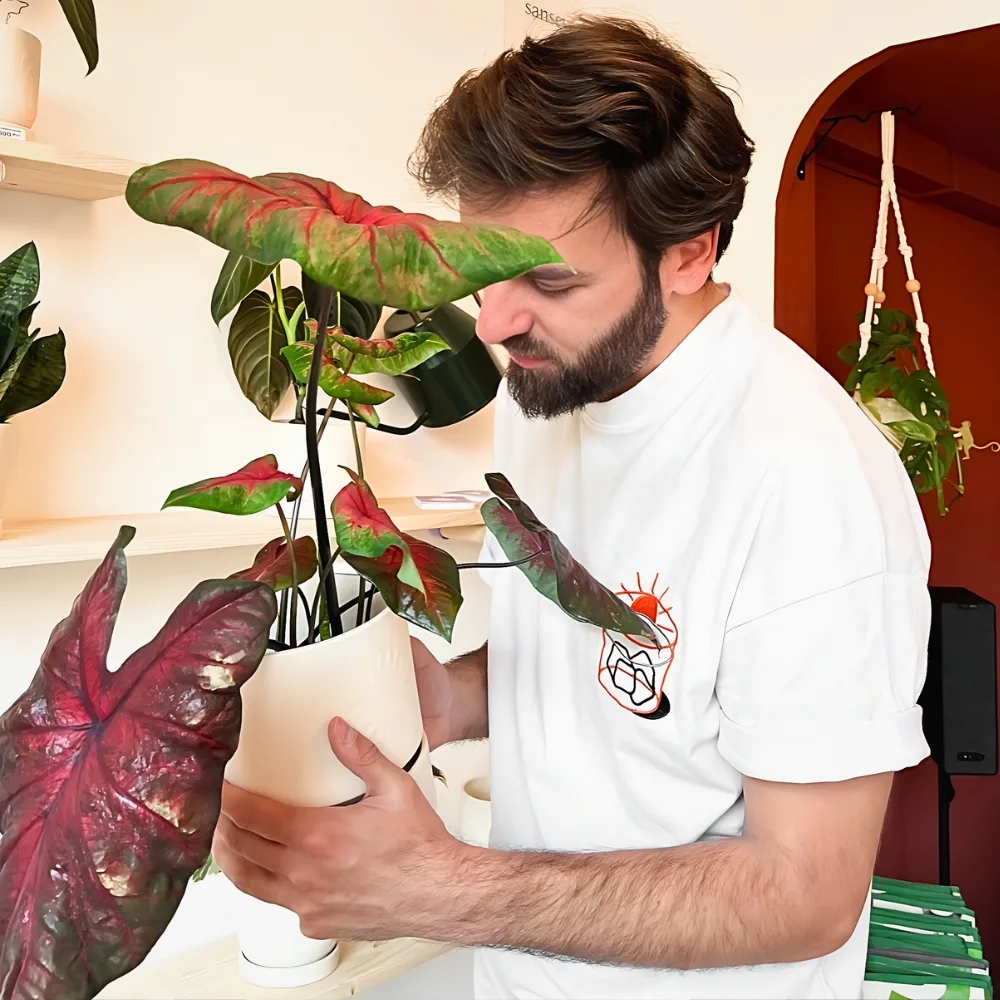Creating a flower garden is a rewarding and enjoyable activity that can enhance the beauty of your home and provide a tranquil space to relax. For beginners, starting a flower garden may seem daunting, but with some guidance and a little planning, you can create a stunning floral display. This guide will walk you through the steps to establish your flower garden and offer helpful tips to ensure its success.
Benefits of Flower Gardening
- Aesthetic Appeal: A flower garden can transform any outdoor space, adding color and vibrancy.
- Mental Health: Gardening can reduce stress and improve mental health by providing a sense of accomplishment and connection with nature.
- Biodiversity: Flower gardens support local ecosystems by attracting pollinators like bees, butterflies, and birds.
- Physical Activity: Gardening is a low-impact exercise that can improve strength, endurance, and flexibility.

Planning Your Flower Garden
Choose the Right Location
The location of your garden is crucial for the health and growth of your flowers.
- Sunlight: Most flowers require at least 6 hours of sunlight per day. Observe your yard to find a spot that gets ample sunlight.
- Soil: Check the soil quality. Flowers generally prefer well-draining soil with a pH level between 6.0 and 7.0.
- Accessibility: Ensure the garden is easily accessible for watering, weeding, and maintenance.
Determine the Garden Style
Decide on the style of your garden. Some popular styles include:
- Cottage Garden: A mix of colorful, fragrant flowers in an informal layout.
- Formal Garden: Structured, symmetrical designs with neatly trimmed hedges and geometric flower beds.
- Wildflower Garden: Native plants arranged to mimic a natural meadow, promoting biodiversity.
Select Your Flowers
Consider the following factors when choosing flowers for your garden:
- Climate: Select flowers that thrive in your local climate.
- Bloom Time: Choose a mix of flowers with different blooming times to ensure continuous color throughout the season.
- Height and Spread: Plan for the mature size of each plant to avoid overcrowding.
- Color Scheme: Decide on a color palette that complements your home and personal preferences.
Preparing the Garden Bed
Clear the Area
- Remove Weeds: Clear the area of all weeds, grass, and debris.
- Outline the Bed: Use a garden hose or rope to outline the shape of your garden bed.
Improve Soil Quality
- Test Soil: Conduct a soil test to determine nutrient levels and pH.
- Amend Soil: Add compost, organic matter, or other soil amendments based on the test results to improve fertility and drainage.
Plan the Layout
- Design: Sketch a plan of your garden layout, considering the height and spread of each plant.
- Spacing: Ensure adequate spacing between plants to allow for growth and airflow.

Planting Your Flowers
Prepare the Plants
- Water: Water the plants thoroughly before planting.
- Inspect Roots: Check the roots of each plant. If they are root-bound, gently loosen them to encourage growth.
Planting Process
- Dig Holes: Dig holes that are twice the width and the same depth as the root ball of each plant.
- Position Plants: Place the plants in the holes, ensuring the top of the root ball is level with the soil surface.
- Backfill Soil: Fill the hole with soil and gently press down to remove air pockets.
- Water: Water the plants thoroughly after planting.
Mulch and Fertilize
- Mulch: Apply a layer of mulch around the plants to retain moisture, regulate soil temperature, and suppress weeds.
- Fertilize: Use a balanced, slow-release fertilizer to provide essential nutrients.

Maintaining Your Flower Garden
Watering
- Consistency: Water regularly, keeping the soil consistently moist but not waterlogged.
- Morning: Water in the early morning to reduce evaporation and allow plants to absorb moisture before the heat of the day.
Weeding
- Regular Weeding: Remove weeds regularly to prevent them from competing with your flowers for nutrients and water.
- Mulching: Maintain a layer of mulch to minimize weed growth.
Pruning and Deadheading
- Pruning: Trim back overgrown plants to maintain shape and promote healthy growth.
- Deadheading: Remove spent flowers to encourage new blooms and prevent self-seeding.
Pest and Disease Control
- Inspect: Regularly inspect plants for signs of pests and diseases.
- Natural Remedies: Use natural pest control methods, such as neem oil or insecticidal soap, to protect your plants.
- Healthy Practices: Maintain good garden hygiene by removing diseased plants and debris.

Seasonal Tips for Flower Gardening
Spring
- Planting: Start planting early bloomers and summer flowers.
- Fertilizing: Apply fertilizer to boost growth.
Summer
- Watering: Increase watering frequency during hot, dry periods.
- Deadheading: Continue deadheading to encourage continuous blooms.
Fall
- Planting Bulbs: Plant spring-blooming bulbs like tulips and daffodils.
- Mulching: Apply a thick layer of mulch to protect plants over winter.
Winter
- Protection: Protect delicate plants with frost covers or bring them indoors.
- Planning: Use this time to plan and prepare for the next growing season.
Biohacking Conference in 2024: Enhancing Your Gardening Experience
After understanding the basics of creating a beautiful flower garden, you might be interested in exploring ways to enhance your gardening experience through innovative techniques. The Biohacking Conference in 2024 is an excellent opportunity to learn about cutting-edge methods and tools that can optimize your gardening efforts. Biohacking involves using science, technology, and natural methods to improve various aspects of life, including gardening.
At the Biohacking Conference in 2024, you can expect to find sessions and workshops on:
- Soil Enhancement: Techniques to improve soil health and fertility using natural and technological methods.
- Plant Growth Optimization: Advanced methods to boost plant growth and resilience.
- Sustainable Practices: Eco-friendly gardening practices that promote sustainability.
- Smart Gardening Tools: Innovative tools and devices that can help you monitor and manage your garden more effectively.
Attending the Biohacking Conference can provide you with valuable insights and skills to take your flower gardening to the next level, ensuring a healthier and more vibrant garden.
Conclusion
Creating a beautiful flower garden is a fulfilling endeavor that offers numerous benefits, from enhancing your home's aesthetic appeal to supporting mental health and local biodiversity. By carefully planning your garden, selecting the right flowers, and maintaining your plants, you can enjoy a stunning display of blooms throughout the growing season.
Don't forget to explore opportunities like the Biohacking Conference in 2024 to discover innovative techniques and tools that can further enhance your gardening experience. With dedication and a little creativity, your flower garden will flourish, bringing joy and beauty to your outdoor space.










